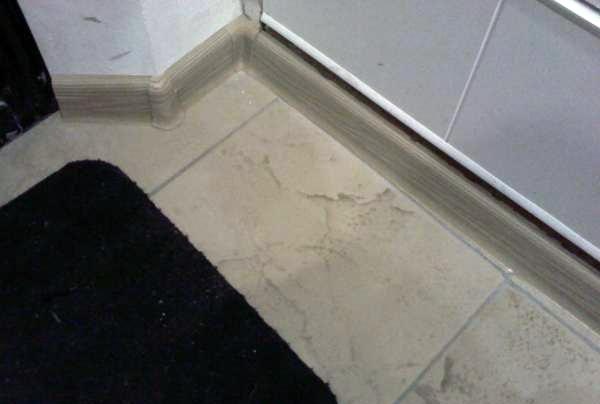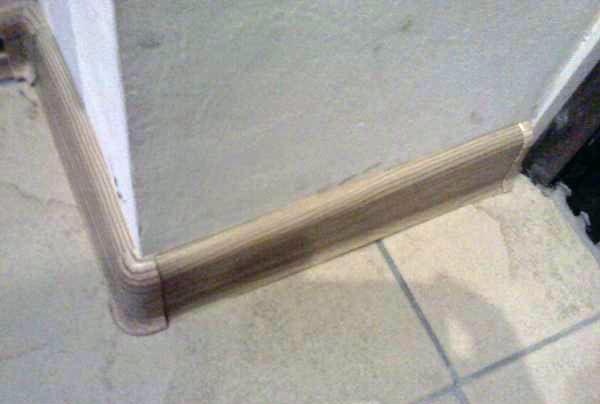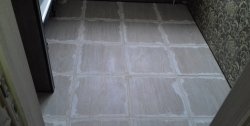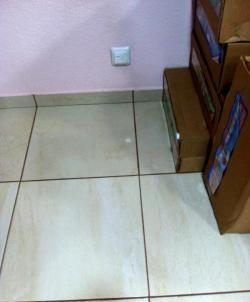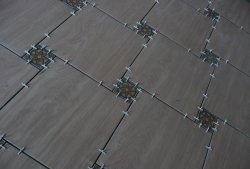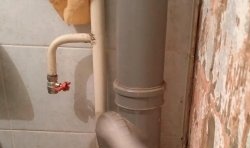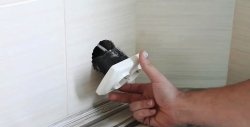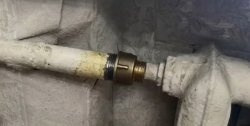Before starting work, it is necessary to carefully prepare the floor surface. This is one of the most important points. Tiles are placed only on a “sure” surface: linoleum or sagging boards will not work here. You can use plywood to level the floor surface. However, this is not enough. To ensure that the tile adhesive has good contact with the floor, I recommend leveling the surface with a screed. The smoother the surface, the easier it is to lay the tiles.
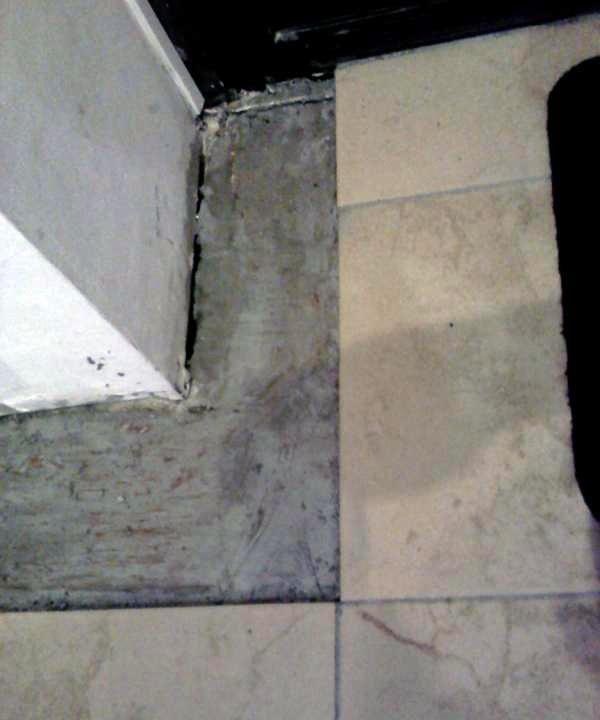
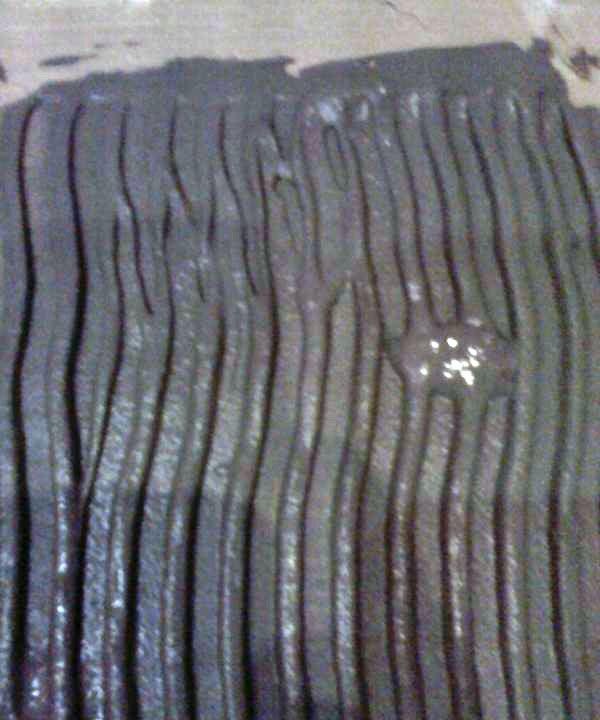
Next, you need to decide on the sequence of laying the tiles. Usually, solid tiles are laid out in accessible, central places, and trims are laid along the edges, where the tiles do not fit.
Actually, we start with solid tiles.Mix the glue according to the manufacturer's instructions (mix thoroughly until smooth, without lumps, and maintain a technological pause for about 10 minutes). Next, using a regular spatula, spread the glue over the prepared surface in an even layer. Then we run a notched trowel over the layer so that we get stripes. We lay the tiles carefully: first we lay one edge completely, and then slowly lower the second. Then we press the tile with our hands so that it stands straight. The installation process itself is not complicated. However, it is important to remember that the distance between the tiles should be approximately 3 - 4 mm. And when laying each tile, use a building level: all tiles must be in the same plane.
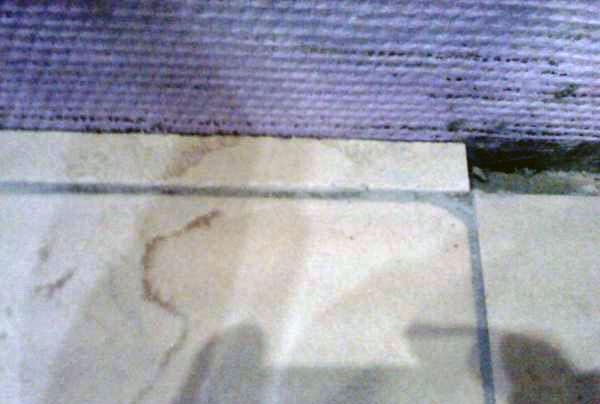
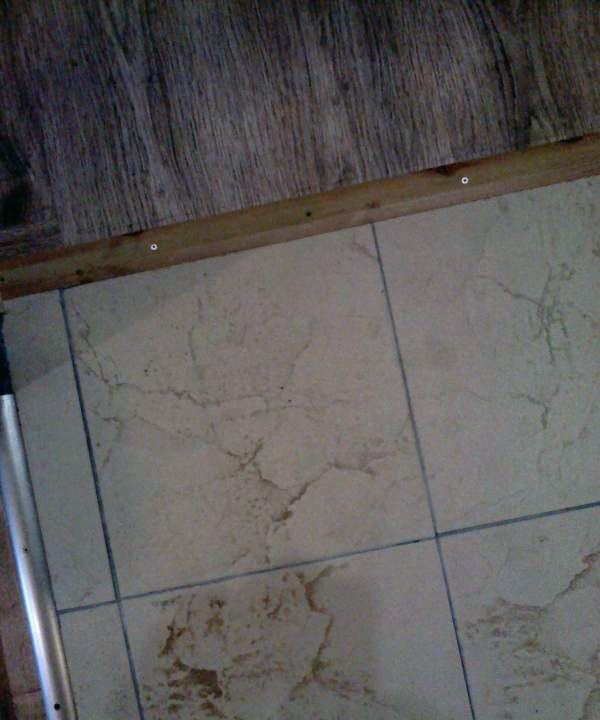
When the solid tiles are laid, you can begin making blanks. To do this, we take measurements, draw them on the tiles and cut off unnecessary residues with a grinder. Some builders use mechanical or electric tile cutters. However, complex workpieces are easier to cut with a grinder. Next, we continue the process of laying the tiles, observing the gaps. Please note that the tiles should not rest against the wall (a gap is required).
After completing the work, it is necessary to ensure complete rest for the laid tiles. The glue dries completely after 24 hours. Then the tile can be subjected to load. After 3 - 4 days, it is necessary to clean the seams between the tiles and, using grout, thoroughly coat them, removing excess.
Cover the transition areas between tiles and linoleum or laminate with regular thresholds. Cover the joints with the wall with plinths or border tiles. After drying, the floor is ready. Good luck.
